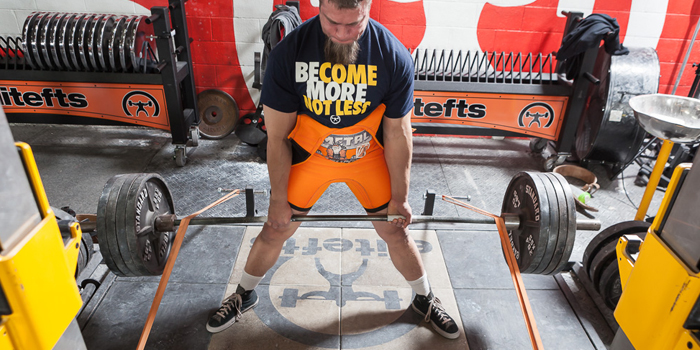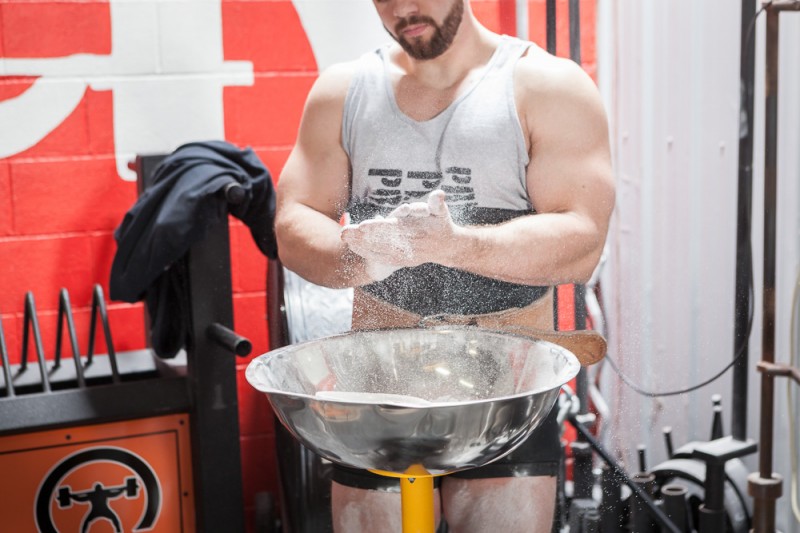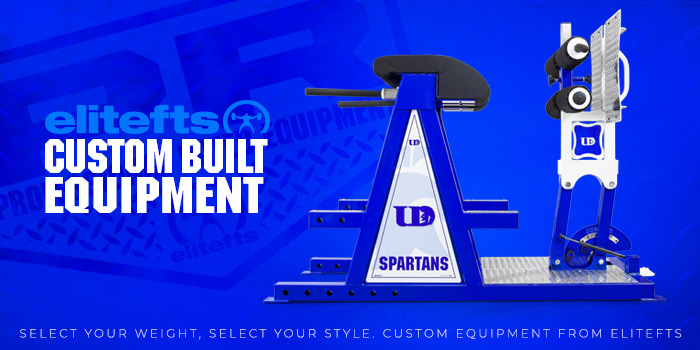
“For every action, there is an equal and opposite reaction.”
— Sir Isaac Newton
You’ve probably heard this before, maybe in your personal study or in your high school physics class. Seems pretty intuitive, right? Well, what Newton DIDN’T tell you is that he specifically wrote this law in anticipation of gym bros only training the muscles they see in the mirror. Let me explain.
As humans, we primarily move in a forward plane. We look forward, our voices project forward, and we naturally walk forward. That being said, the action of walking is actually a reaction to the muscles on the back of our bodies propelling us forward.
RELATED: Physics 101 for Performance Enhancement
Walking is a fundamental human movement that we learn to do as a small child and hope to be able to for the rest of our lives. So let’s apply Newton’s Third Law (of Gains) to why most of us are here: lifting more weight.
The Squat
We will start with the squat. Facing forward, we use gravity and the weight on our back to help us descend to the bottom of the squat, but we then call upon our squatting muscles to apply force to the ground (action) as we straighten our back and knees to complete the movement (reaction).
That being said, it is the musculature behind us and underneath the weight that does most of the work: traps, lats, spinal erectors, hips, glutes, and hamstrings. Spend more time and more sets building up these muscle groups if you want to squat more weight (or run faster or jump higher).
The Bench
Next, we will move to the bench. Larry Pacifico, who benched 530 pounds in 1972 at a bodyweight of 198, once said, “Your triceps are 75 percent of your bench.”
And where are the triceps located? That’s right, on the back of your body. You will be hard-pressed to find a great bencher with a weak chest, and it’s downright impossible to find a great bencher with weak triceps. Our triceps and lats drive us into the bench (action) while the bar moves up to the lockout position (reaction).

I toiled away in the gym with thousands of reps of chest flies and biceps curls during my first couple of years in the gym just like many of you did (well, maybe; y’all are probably much smarter than me). Sure, they looked pretty good, but my bench press wouldn’t go up. And that’s because I neglected my triceps.
It’s also worth mentioning that your lats and rear delts play a major role in the bench press. You can only lift what you can stabilize, and since the bench press is done in front of your body, where is that stabilization going to come from? Your back.
The Deadlift
Next up: the deadlift. For the sake of brevity, we will lump the conventional and sumo styles of deadlifting together. Once again, we have a bar in front of us that we need to move upward. We grab the bar, apply force to the floor with our glutes, create tension with our hamstrings, and straighten our back (action) as the bar moves upward to the lockout position (reaction). The muscles on the back of our bodies that we use in the squat are the same ones that help us deadlift.
From an athletic standpoint, we look to this same principle. If you want to run faster and jump higher, spend more time and more sets working on your hips, glutes, hamstrings, and calves. It is these muscles that apply force to the ground (action) that propel us forward or upward (reaction).
READ MORE: 20-Week Raw Dog Yoke Program Cycle
All of this seems pretty intuitive, but many times, I’ve looked back through my training and had to remind myself that my lifts (and running) will improve substantially if I utilize more exercises that train the muscles on the back of my body than ones that hit the front.
That being said, balance is important in everything, so you do have to train your chest, abs, biceps, quads, etc. But more time and effort should be spent on your back, rear delts, spinal erectors, hips, glutes, hamstrings, and even calves.
Here are a handful of my favorite accessory movements that train the back of the body, lumped into two groups (squat/deadlift and bench):
Squat/Deadlift
Bench Press
- Close-Grip Bench
- Dumbbell Skullcrusher/Rollback
- Bent-Over Barbell Row
- Chest-Supported Dumbbell Row
- Overhead Banded Triceps Extensions
There you have it. Remember to train the back of the body more than the front of the body if you want to get stronger and faster.
It’s what Sir Isaac Newton would want.
Will Cusic is an infantry officer in the U.S. Army and a recreational powerlifter who has completed the Bataan Memorial Death March marathon and has coached youth sports for five years.











1 Comment